When wilderness medicine practitioners gather ’round a campfire, one favorite topic of discussion involves which animals are the most dangerous. Barring the obvious winner, we humans, leading candidates typically include the gorilla, shark, lion, tiger, and bear.
The unassuming mosquito and deadly microscopic organisms are often overlooked, but most likely lay absolute claim to the title.
In some parts of the world, the hippopotamus is considered the deadliest creature. Here at The National Center for Outdoor Adventure & Education (NCOAE), we’ve yet to conduct a course where hippos are involved but if we ever do, we will certainly take precautions to make these semi-aquatic animals are not on campus!
Where you are in the wilderness, of course, makes the determination of which animal presents the most peril to hikers, climbers and swimmers. For example, if you’re navigating the Boundary Waters that straddle the border between Ontario, Canada, and Minnesota here in the U.S., you’re more likely to encounter a bear than a gorilla. That’s why traveling to an unfamiliar remote location requires that you research the area to determine the biggest threats to your safety, including wild animals, and discover how best to avoid them and what to do if that doesn’t work.
The good news is that your odds of being injured or killed by wildlife are low, especially if you use common sense to avoid the biggest threats. Most wilderness injuries and fatalities come from falls, weather, and getting lost rather than from animal attacks. And don’t discount the stupidity factor, such as the man who was slapped with jaw-dropping $153,161.25 medical bill after trying to take selfie with rattlesnake.
In this post, we weigh in with our team’s take on the seven deadliest animals you might encounter when trekking through the wilderness in the U.S., along with some basic information to help you gauge your likelihood of encountering them and protect yourself and others in your group. First up, bears!
Bears
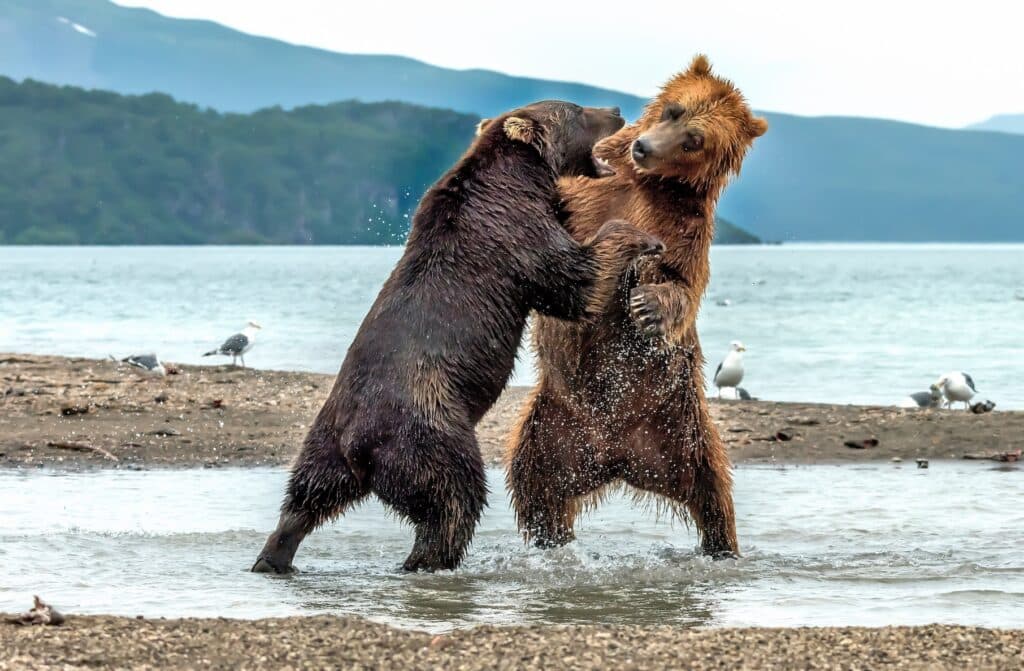
Bears are fast, powerful, and often unpredictable, especially when surprised or protecting their cubs, food, or territory. You’re most likely to encounter them in remote forested or alpine areas. Species include Grizzly bears in the northwest and Alaska, with black and brown bears being more widespread.
To protect yourself, make noise when hiking (especially around blind corners or in dense brush), store food properly, carry bear spray, and know what to do if you surprise a bear (remain calm, back away slowly, etc.)
Venomous Snakes
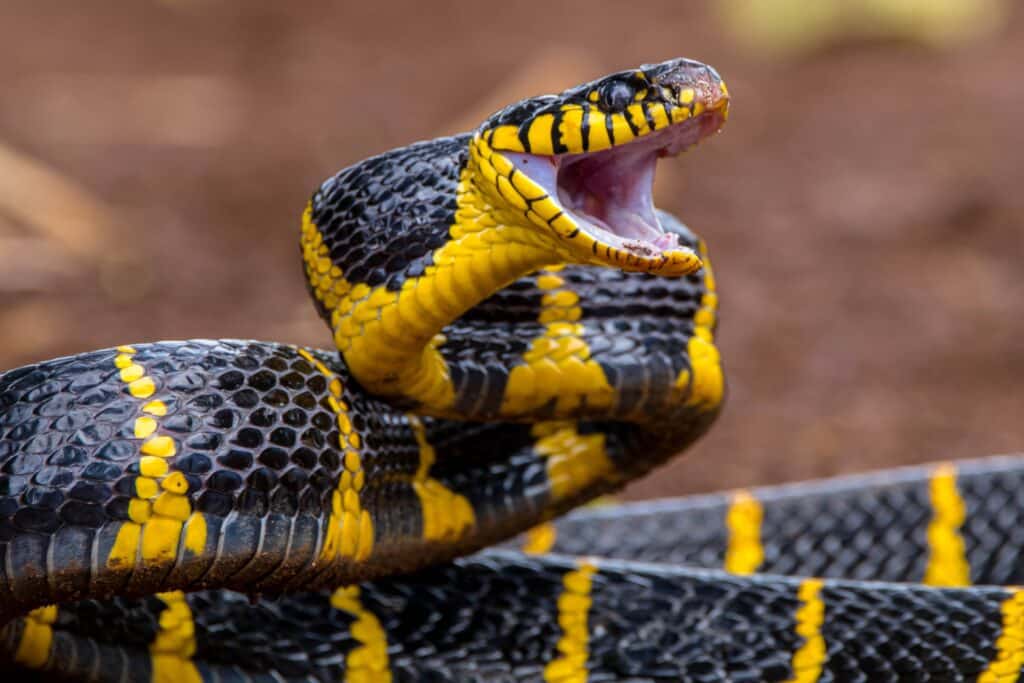
Rattlesnakes, copperheads, cottonmouths, coral snakes, and other venomous snakes can be found in many parts of the U.S. Bites from venomous snakes are fairly common (7,000 to 8,000 per year), but fatalities are rare (fewer than about 10 per year according to the CDC’s National Institute of Occupational Safety and Health) when medical care is available.
To protect yourself, wear boots and long pants, watch where you put your hands/feet, and don’t try to handle snakes. If you’re bitten, remain calm, limit movement, and seek medical assistance as quickly as possible. If you’re able to place a phone call for help, do so, or have other members of your party get help or evacuate you. Try to identify the snake (take a photo if safe to do so). Do not cut or suck the wound, use a tourniquet, or try to suck out the venom.
Moose
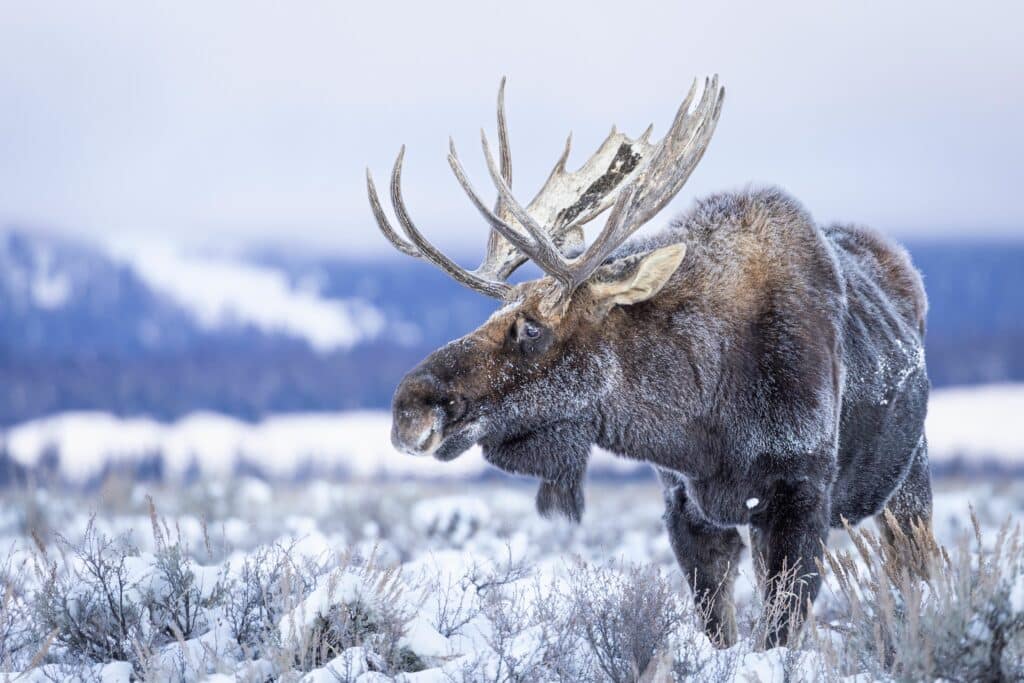
Moose inhabit boreal forests in Alaska and northern U.S. states. Encounters often occur when people get too close, or in mating/calf-protecting seasons. Avoidance is the best protection. Give them a wide berth, especially females with calves. Don’t approach. Stay calm and retreat slowly if a moose acts aggressively.
Pro Tip: Ignore any social media-fueled instincts you may have. Put the phone or camera down! Create distance immediately and keep your hands free. Animals can cover ground faster than you can tap a button or click a shutter, and lingering raises the risk. Save the story for later: once you’re clear, photograph tracks or scenery instead.
Alligators/Crocodiles
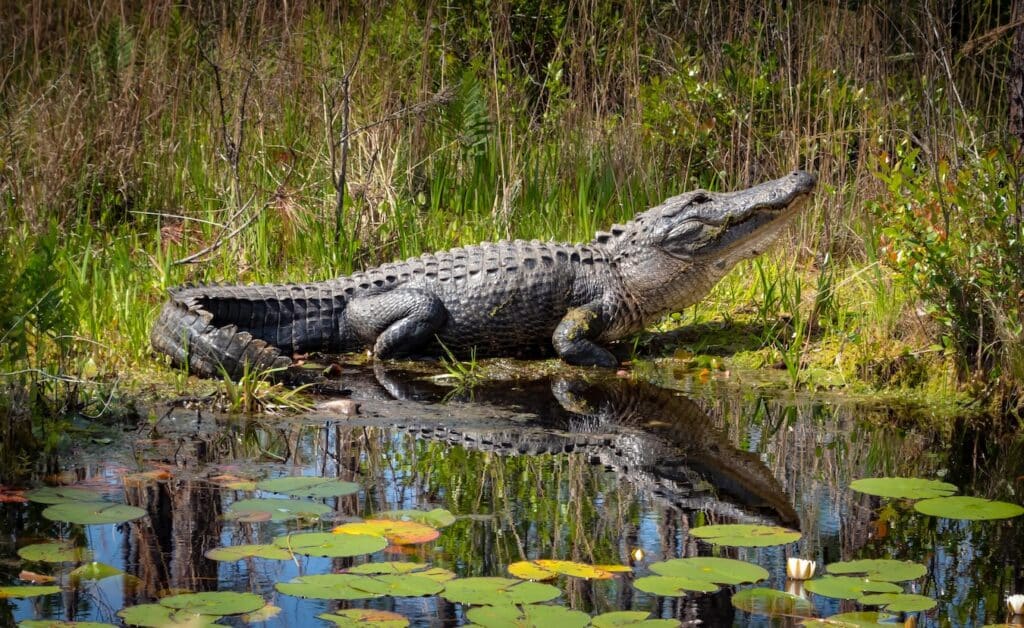
Alligators and crocodiles are common in southeastern U.S., mostly wherever there’s standing water, such as swamps, marshes, rivers, ponds. They’re ambush predators, so they move slowly or remain motionless as they stalk their prey, and then they attack quickly and viciously.
To protect yourself, stay away from water edges where alligators and crocodiles are known or suspected to be (especially at dawn/dusk), don’t swim where they are known to be, keep campsites clear of food scraps, and if traveling with pets, keep them clear of the water.
Mountain Lions/Cougars
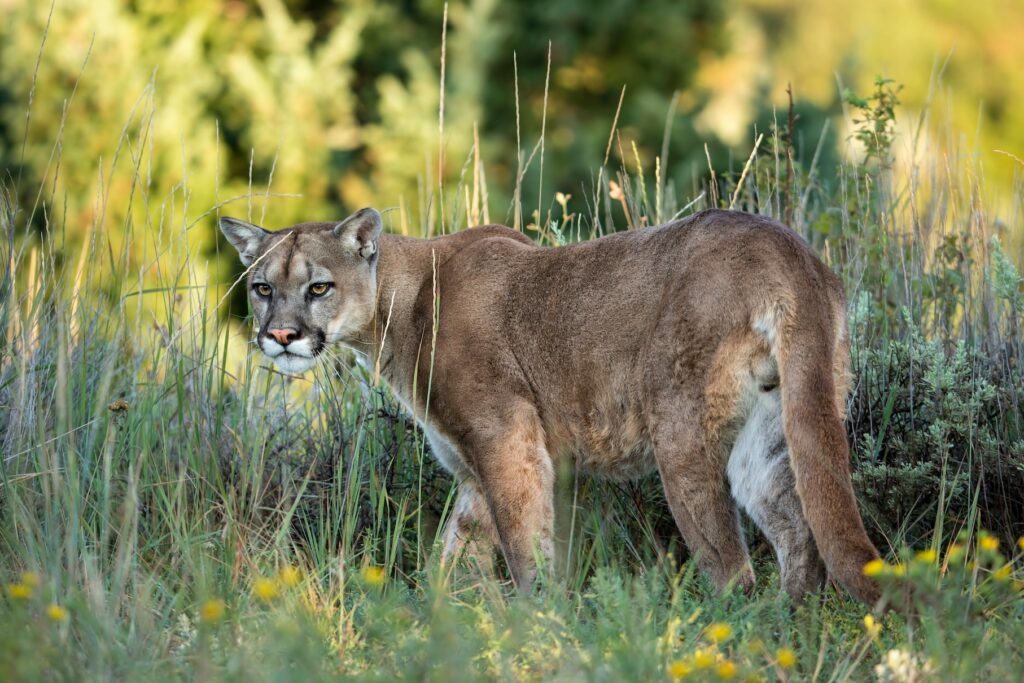
Mountain lions and cougars are common in the western U.S., especially in remote mountainous and forested regions. The threat is increased near dusk and dawn and wherever these wild cats stalk prey.
To protect yourself, travel in a group, if possible, make noise so you don’t surprise them, keep children and pets close to you, avoid hiking alone at dawn/dusk, and know what to do in the event of an encounter (try to appear large by raising your arms, but never run away.)
Bees, Wasps, and Hornets
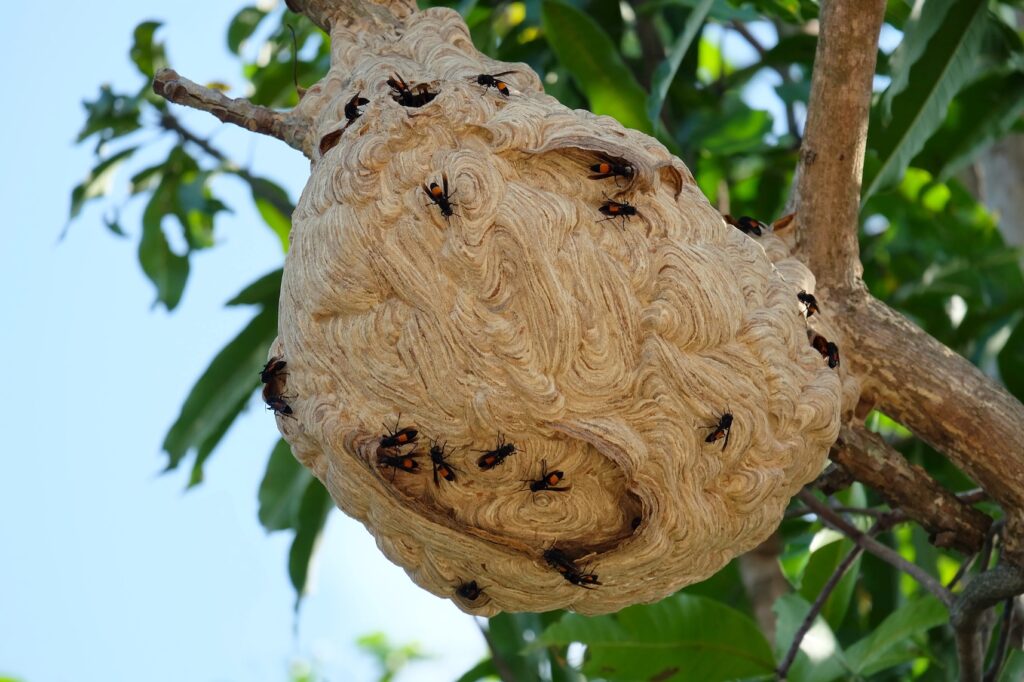
Bees, wasps, and hornets pose a threat wherever you may be, especially in areas with flowering plants, and especially in warmer seasons. Territorial by nature, these members of the insect order Hymenoptera are known to attack when feeling threatened.
To protect yourself, carry allergy meds or epinephrine if you’re sensitive to stings; avoid disturbing nests; wear clothing that offers protection; and check for bees/wasps before setting up camp or spending time near trees or logs. Remaining vigilant means looking and listening for nearby flying beasties.
Mosquitos
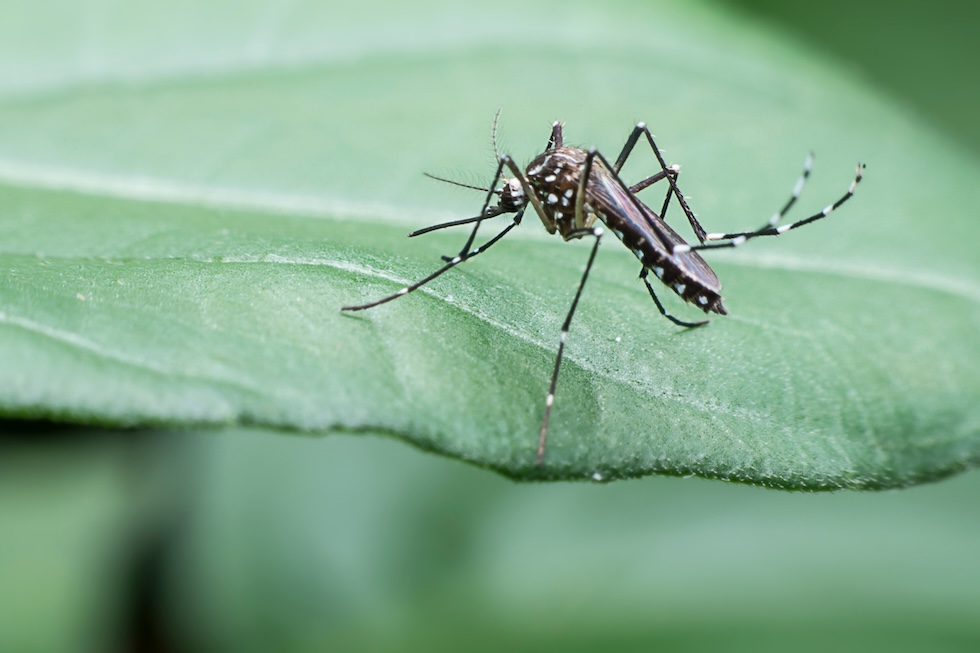
Next to humans, mosquitos are the deadliest animals on Earth. They spread diseases that kill hundreds of thousands of people every year. And while these deaths mostly take place in tropical and subtropical regions, you’re never completely safe when you’re in an area where they’re active.
Here are a few precautions that can help protect you and your group:
- Use a proven mosquito repellant, such as DEET, picaridin, or permethrin. Oil of lemon eucalyptus is a good natural option.
- Wear protective clothing such as long sleeves and pants, preferably light-colored. You can treat your clothes and gear with permethrin (a man-made insect killer and repellent, typically used as a fabric treatment you spray on clothes, shoes, or camping gear), which lasts through several washings.
- Avoid peak mosquito hours (dawn and dusk) when they’re most active.
- Set up camp away from standing water, use mosquito netting, and keep your tent zipped.
- Get vaccinated, if possible, for mosquito-borne diseases common in any wilderness area you’re planning to visit.
Pro Tip: When bitten by a mosquito, don’t scratch. Scratching can cause a secondary infection. Clean bites gently with soap and water. You can use calamine lotion, hydrocortisone cream, or antihistamines to relieve the itching.
Keep in mind that while the wilderness is home to some truly dangerous creatures, it’s also where you’ll discover some of the most awesome places on the planet. Awareness, respect, and preparation — not fear — are the solutions to staying safe and healthy while enjoying your outdoor adventures. By learning about the animals that share these wild spaces and taking sensible precautions, you can experience the thrill of nature without exposing yourself to unnecessary risk.
– – – – – – –
About the Author: Todd Mullenix is the Director of Wilderness Medicine Education at The National Center for Outdoor & Adventure Education in Wilmington, North Carolina.
TALK TO US
Have any further questions about our courses, what you’ll learn, or what else to expect? Contact us, we’re here to help!
Leave a comment